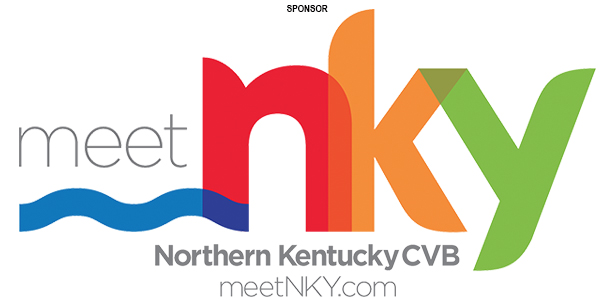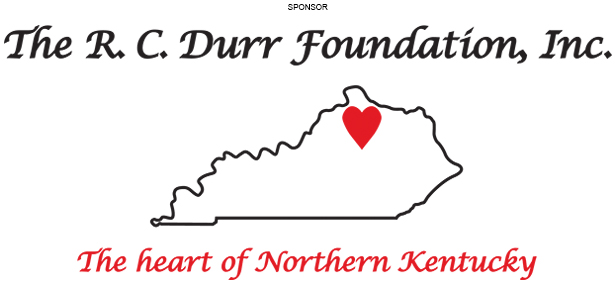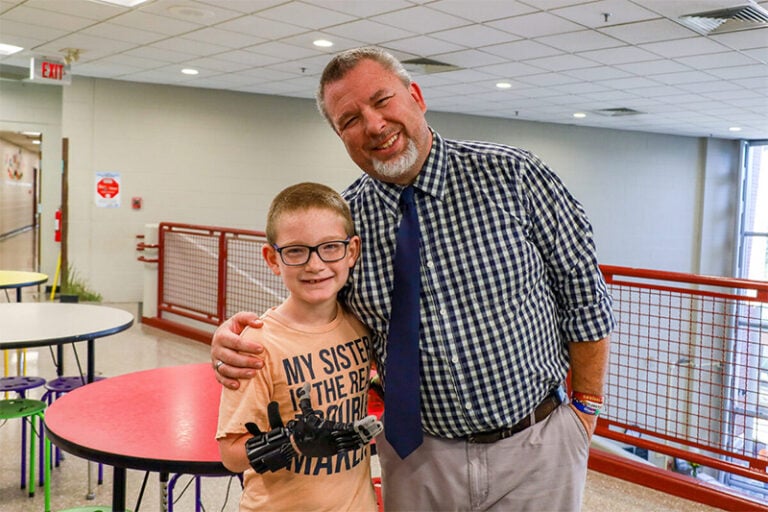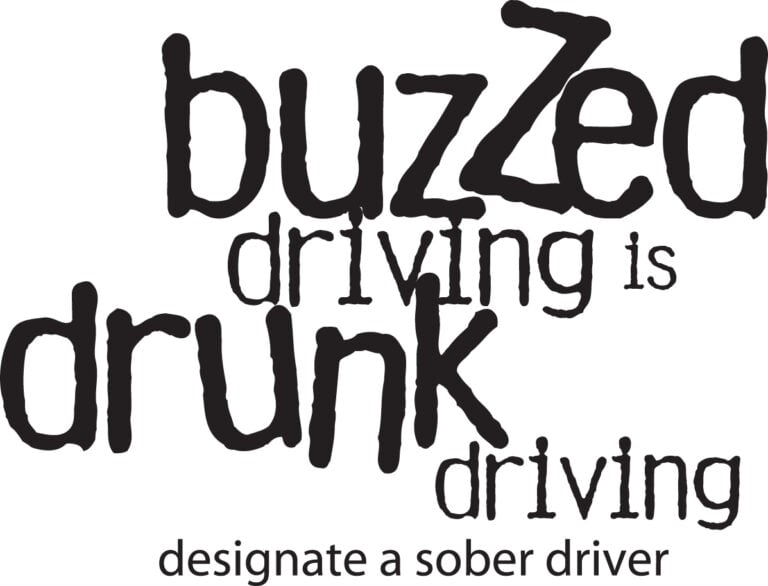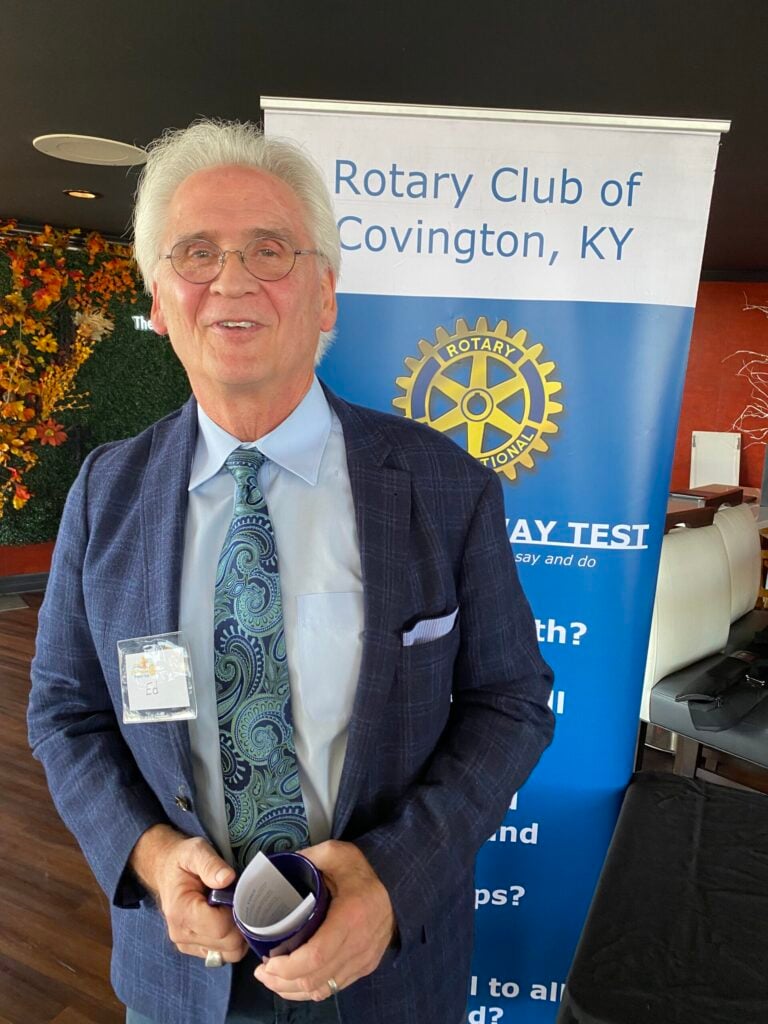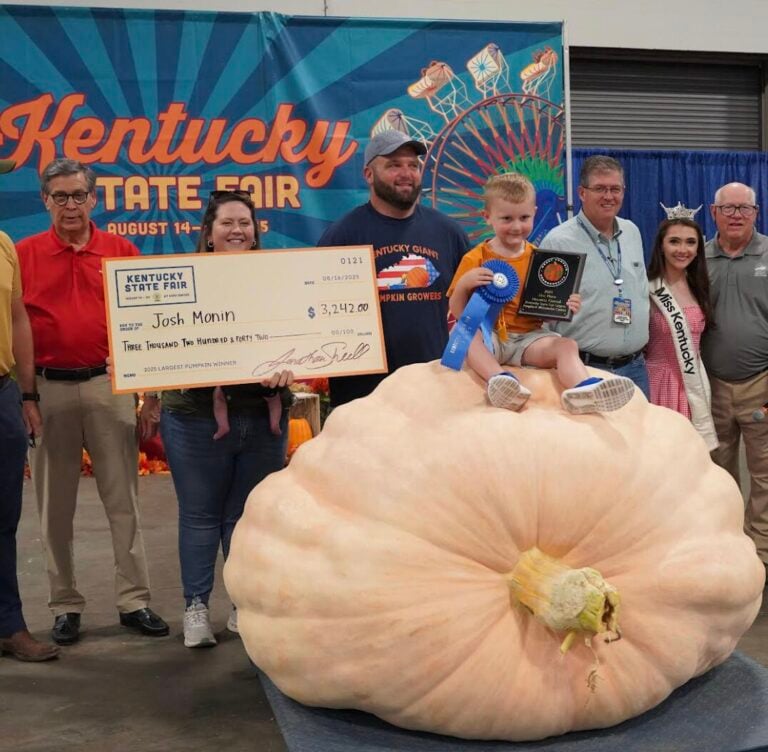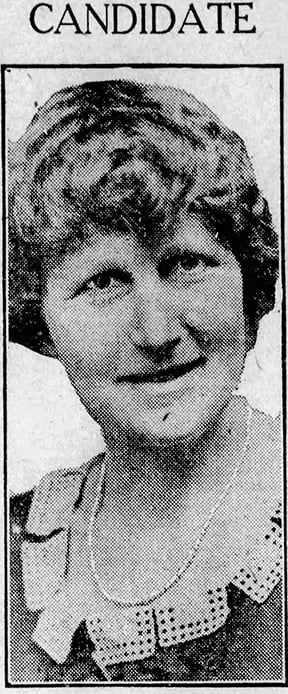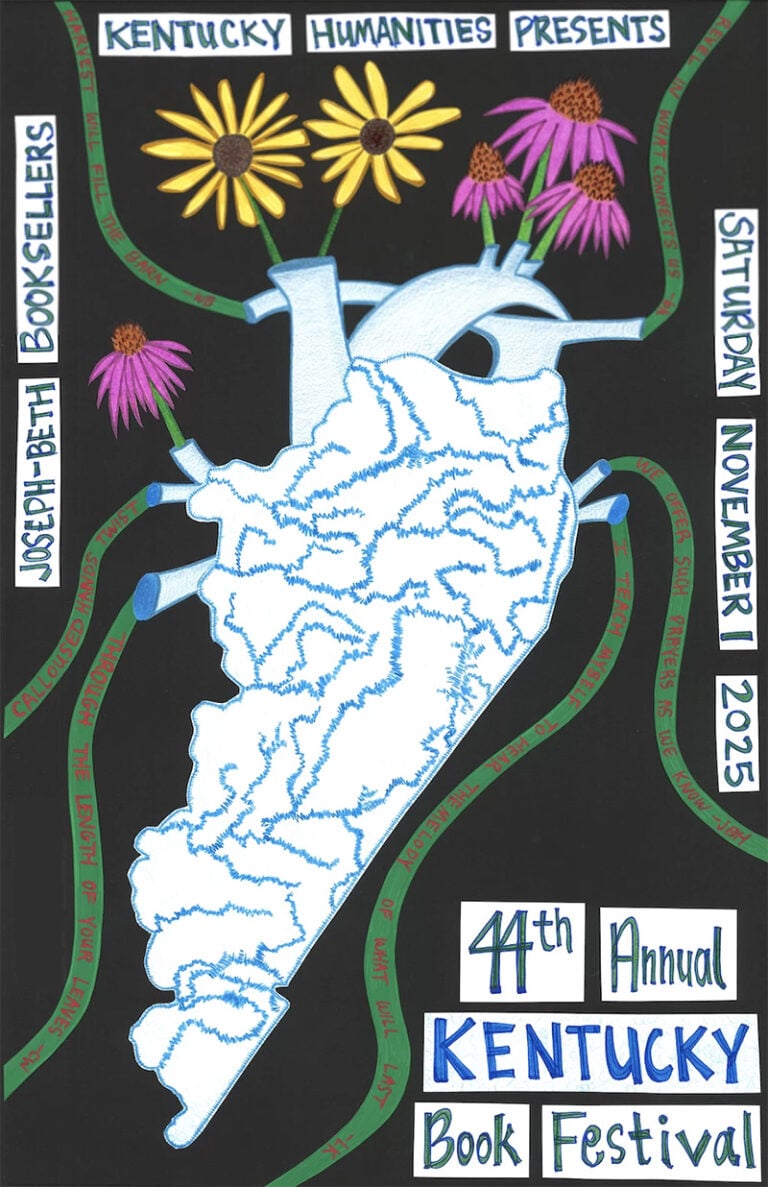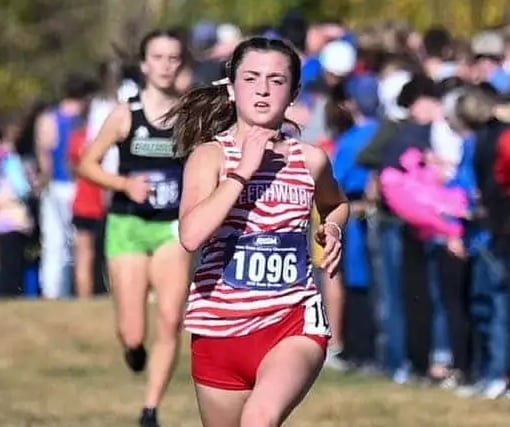By Fiona Morgan
Kentucky Teacher
About four years ago, Red Cross Elementary School Teacher Scott Johnson noticed one of his kindergarten students was wearing a rubber hand. His student, Jackson Farmer, was born without a right hand and would sometimes wear the rubber hand to give the appearance of having a hand. However, it didn’t have any functionality.
Johnson is a science, technology, engineering, art and mathematics (STEAM) teacher at Red Cross Elementary School (Barren County) and was the 2025 Kentucky Elementary Teacher of the Year. He teaches the STEAM lab class to every student in the school from kindergarten to 6th grade.
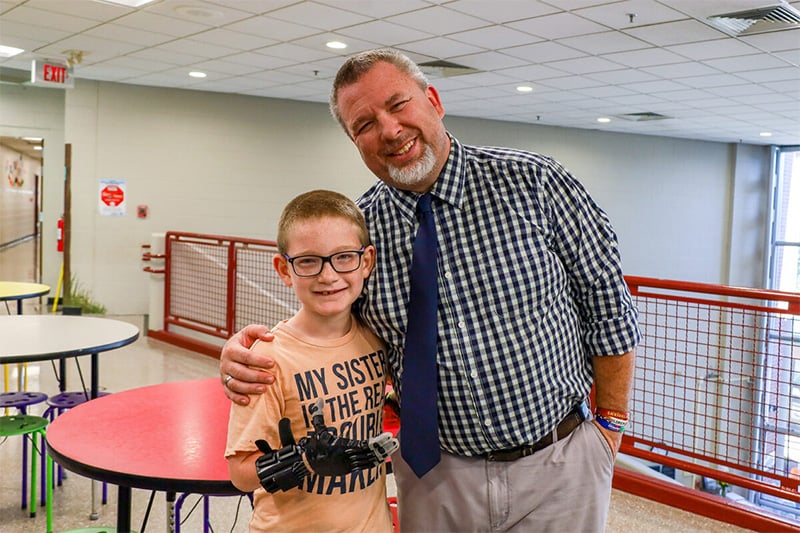
Part of his lab includes learning how to 3D print. The STEAM lab has 11 3D printers that students can use any time with the help of Johnson.
Last year, Johnson started wondering and researching whether he could create a working prosthetic hand out of 3D-printed materials for Jackson.
He started communicating with other professionals through the E-Nable community, an online global community of volunteers who are using 3D printers to make free and low-cost prosthetic limb devices for children and adults in need. Johnson got in contact with an engineer from Denmark and sent him design files to get his feedback.
Johnson went through some trial and error for almost a year before even deciding to tell Jackson what he was working on.
“For the longest time, I didn’t tell anyone other than my wife what I was working on,” Johnson said. “What if I found out I was trying to do something far beyond my skill set? I didn’t want to falsely get anyone’s hopes up.”
When Johnson felt confident enough, he printed a 3D prototype, then showed Jackson and his mom. They gave permission for him to create a full hand.
It took 25 hours to print the finalized parts of the hand in Red Cross Elementary’s STEAM lab, and about four hours to put it together. The prosthetic doesn’t require batteries or power; rather, it’s a simple machine powered through the bending of Jackson’s wrist.
The fingers are attached to the prosthetic wrist by fishing lines and use a fulcrum lever to move. When Jackson flexes his wrist down, the fingers close. When he relaxes his wrist, the hand opens back up.
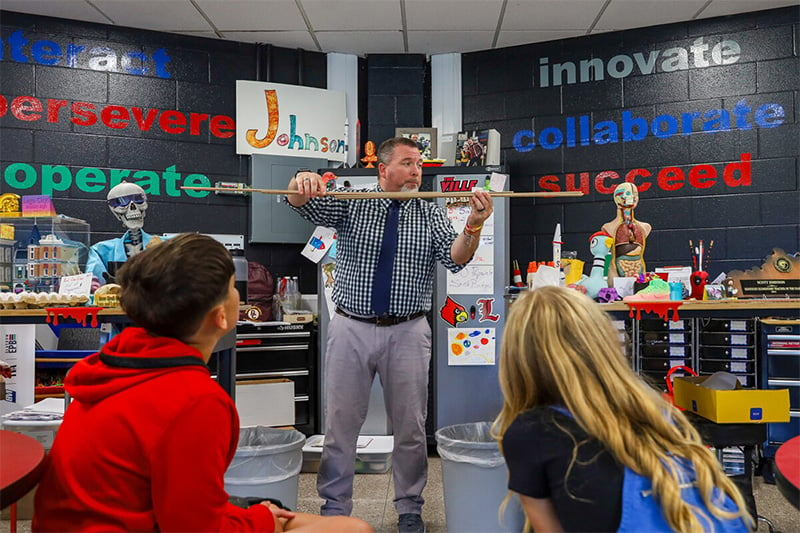
Jackson, now in 4th grade, said he was excited to try it and had been wanting some sort of working hand for a while. He said the hand has been working very well and it didn’t take long for him to get used to using it.
“It felt great. It felt like it was just right,” Jackson said.
He said it feels good to be able to pick up more things and do things he couldn’t do before.
“(My favorite thing is) trying to write (with the hand) … I’m not that good, but I try,” Jackson said.
In addition to the main parts printed out of corn plastic, Johnson got rubber fingertips and used foam on the inside to make it softer on Jackson’s skin. He also used screws and fishing lines and used small orthodontic rubber bands for the tension in the fingers. In all, the materials cost between $20-$30.
“I never wanted him to feel like he had something heavy on his wrist; I want him to be able to play, so it’s pretty lightweight,” Johnson said.
Johnson keeps spare parts and back-up hands in the STEAM lab. If one part breaks, he can easily replace it. He can also reprint the hand larger as Jackson keeps growing. Jackson has also learned how to 3D print, so when he eventually leaves the school system, he will have those printing files to reprint the hand on his own.
STEAM Lab Class
Johnson leads the STEAM lab for 800 students, with each class going to the lab usually once a week. He starts teaching students how to use computer-aided design (CAD) software in 2nd grade. They can use the software on their school Chromebooks to design 3D models of whatever they want to print.
While 3D printing is not homework in the class, students can design anything they want and send it to Johnson to print in the lab. Most of what students print are gifts for their family, friends and teachers.
If a design isn’t working well, Johnson gives feedback and students can reprint their projects. Students are not limited on how many things they can print.
“They develop confidence, they learn how art and technology can work hand in hand, and by the time a student leaves me for Barren County Middle School, they can have up to five years of CAD software experience under their belts,” Johnson said.
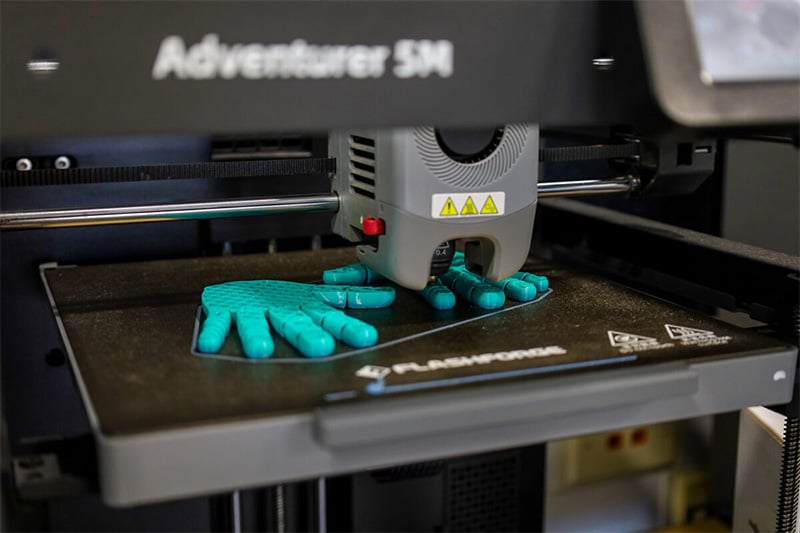
Every project is printed with corn plastic, a biodegradable alternative to traditional petroleum-based plastics. It is made primarily from polylactic acid, which is derived from fermented plant starch. Johnson uses that information as a lesson on agriculture.
When Johnson started at Red Cross Elementary in 2020, the school had one 3D printer, but he didn’t know how to use it. He soon learned and decided to start teaching the technology to 6th-graders.
The lab was such a success that the principal approved the purchase of a second 3D printer. Over time, Johnson helped accumulate more 3D printers while also teaching 3D printing to more grade levels. Funding for the printers and materials comes from a combination of the school budget and writing grants.
Over the last four years, Red Cross students have created more than 2,000 prints. Projects range from small holiday decorations to larger items that require multiple printed parts.
Dawson Page, a 4th grader in Johnson’s class, recently designed a blue pencil cup that says “mom” on the side. He said he enjoys learning how to 3D print in addition to other projects in the class.
“It’s very fun, you get to do a lot of activities,” Dawson said. “My favorite project is probably the egg drop because it takes a while and it’s fun to work with a team that you can trust.”
The STEAM class’s egg drop project involves wrapping an egg in protective materials so it doesn’t break when it’s dropped two stories. Student groups work together to decide how to wrap the egg.
Students do the same projects in multiple grade levels, and each year the projects become more challenging. In 2nd grade, students choose from a given set of materials to protect their egg. By 4th grade, they get a small budget to buy the materials they want.
“Now you’ve got to debate and defend your position because you’re talking with two or three other people that might be also headstrong about their ideas,” Johnson said. “What I hope to create there is that it’s okay to disagree and it’s okay to have discourse. That’s how we grow and learn.”
Johnson is able to bring other subjects into the projects. For the egg drop project, he teaches about Newton’s laws of motion and the transformation of energy in falling objects.
Through the lab, students get to experience hands-on learning that builds on lessons by other teachers.
“I find ways to create value not just to my principal, but also to the other teachers,” Johnson said. “They do all this great work, but they might not have time for an experiment. … That way the kids get the book knowledge and the vocabulary, and they also get a chance to get their hands on it.”
By doing the same projects each year, students get to track their data to reflect on what works. If something doesn’t work, they can try something new the next year.
Jackson said he enjoys that aspect of the class.
“(My favorite project is) building popsicle bridges; every year you get to have another chance at it,” Jackson said.
In 2nd grade, students build a small bridge out of LEGOs. It must be a certain length and can’t touch an obstacle under the bridge. The next year, their LEGO bridges must be longer. In 4th grade, they start using popsicle sticks.
Through the class, students get to experience each of the three pillars of Kentucky’s United We Learn vision for education. Those pillars are to create a more vibrant learning experience for every student, encourage innovation in schools and collaborate with communities.
STEAM lab students have partnered with a local animal shelter to design and 3D print slow-feeder dog bowls that they donated to the shelter. Students have also designed trophies for students, keychains for the Barren County High School FFA and tactile plates for visually impaired students in the district.Barren County teacher created prosthetic hand for his student using school’s 3D printing lab

